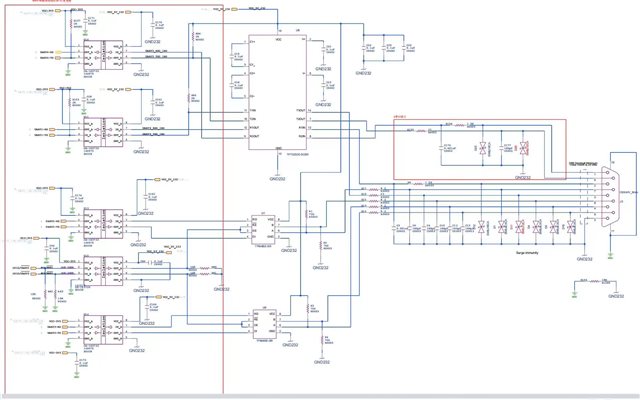Other Parts Discussed in Thread: THVD1420, THVD1520, , TVS0701, TPD1E10B09
Hi ,Experts
Here is a customer's RS485 project. when the customer use THVD1420, system can work normally at 10Mbps.
But if customer change THVD1420 to THVD1520, system will fail if baudrate is higher than approximately 4Mbps.
if customer use SN65HVD3088E , system will fail if baudrate is higher than approximately 5Mbps.
Attachment is the test result.
Is there any thing i can do to improve the peformence?

Ti_THVD1420DR1520DRSN65HVD3088EDR.xlsx
Best regards
Nick

